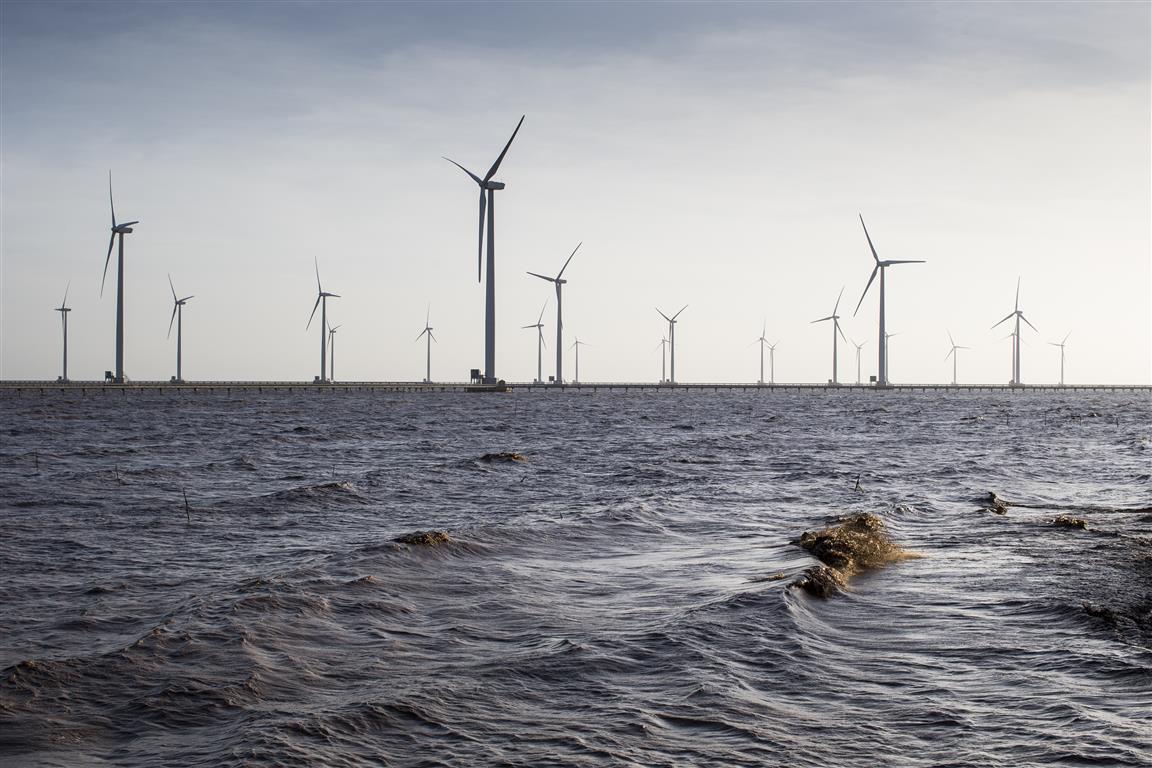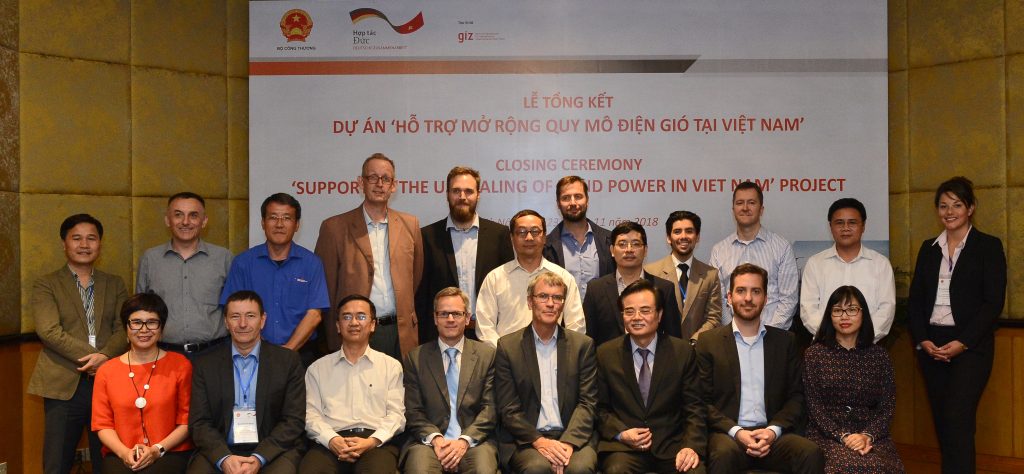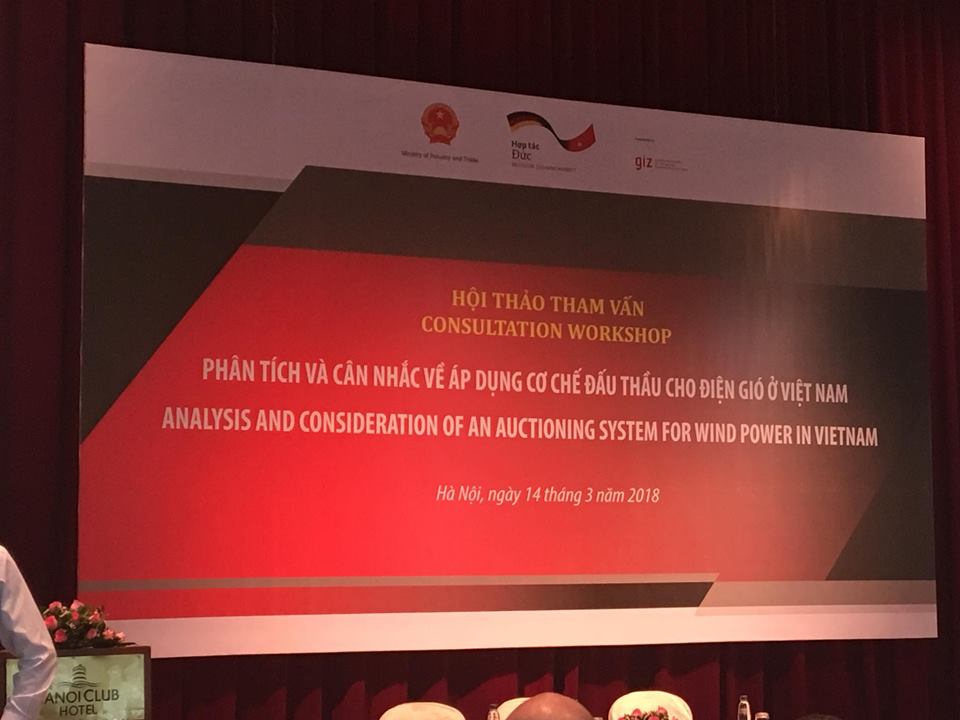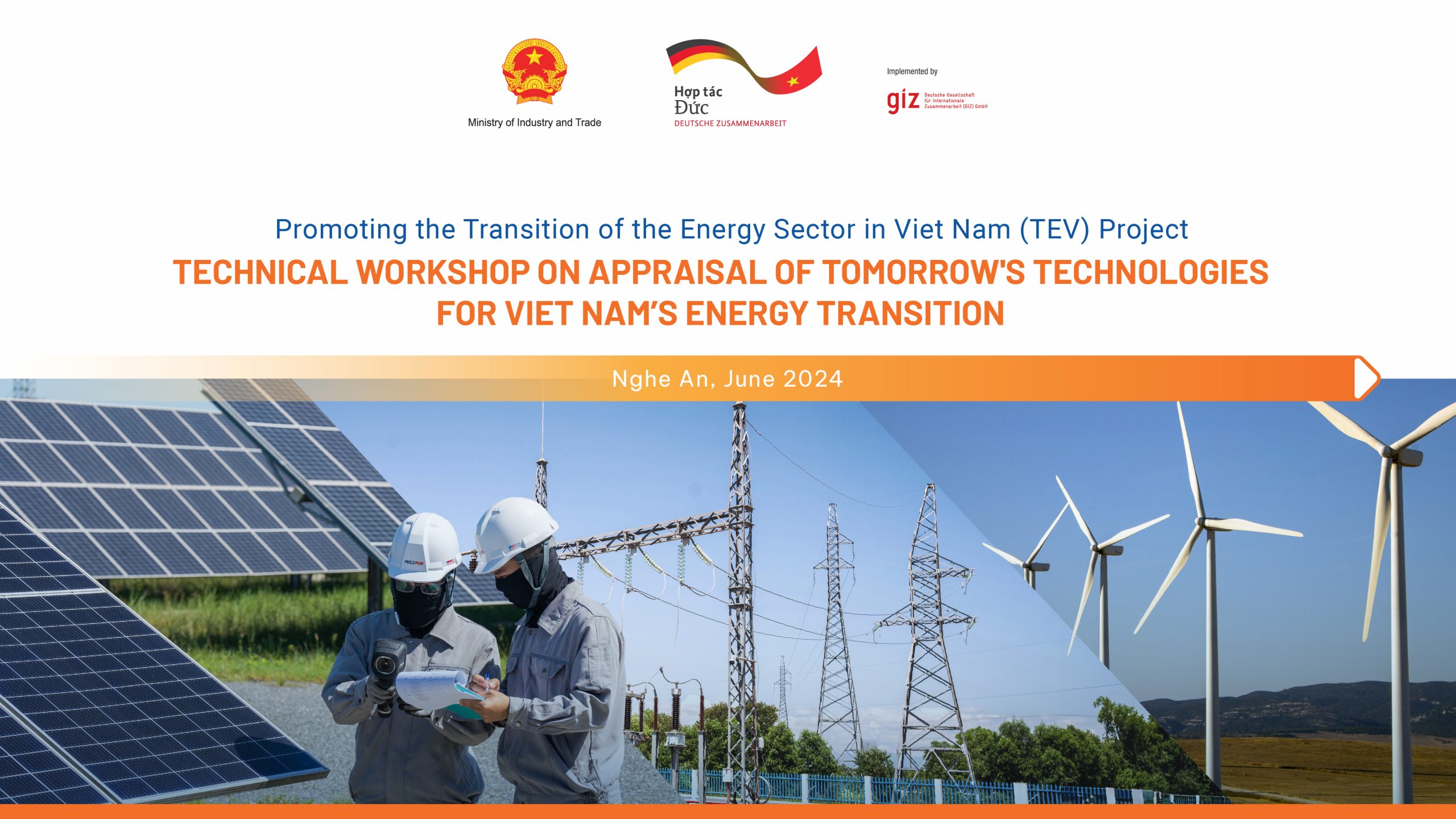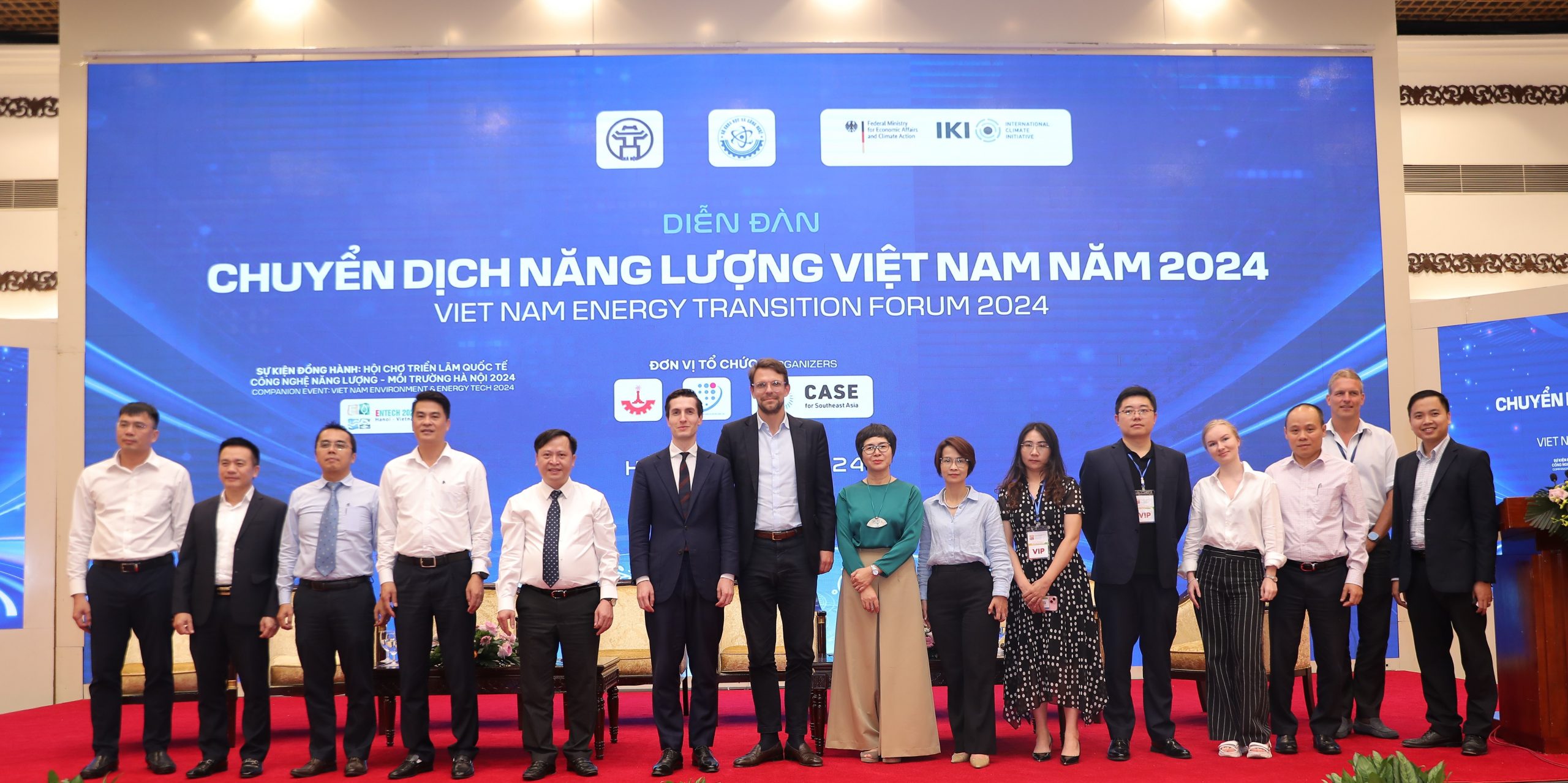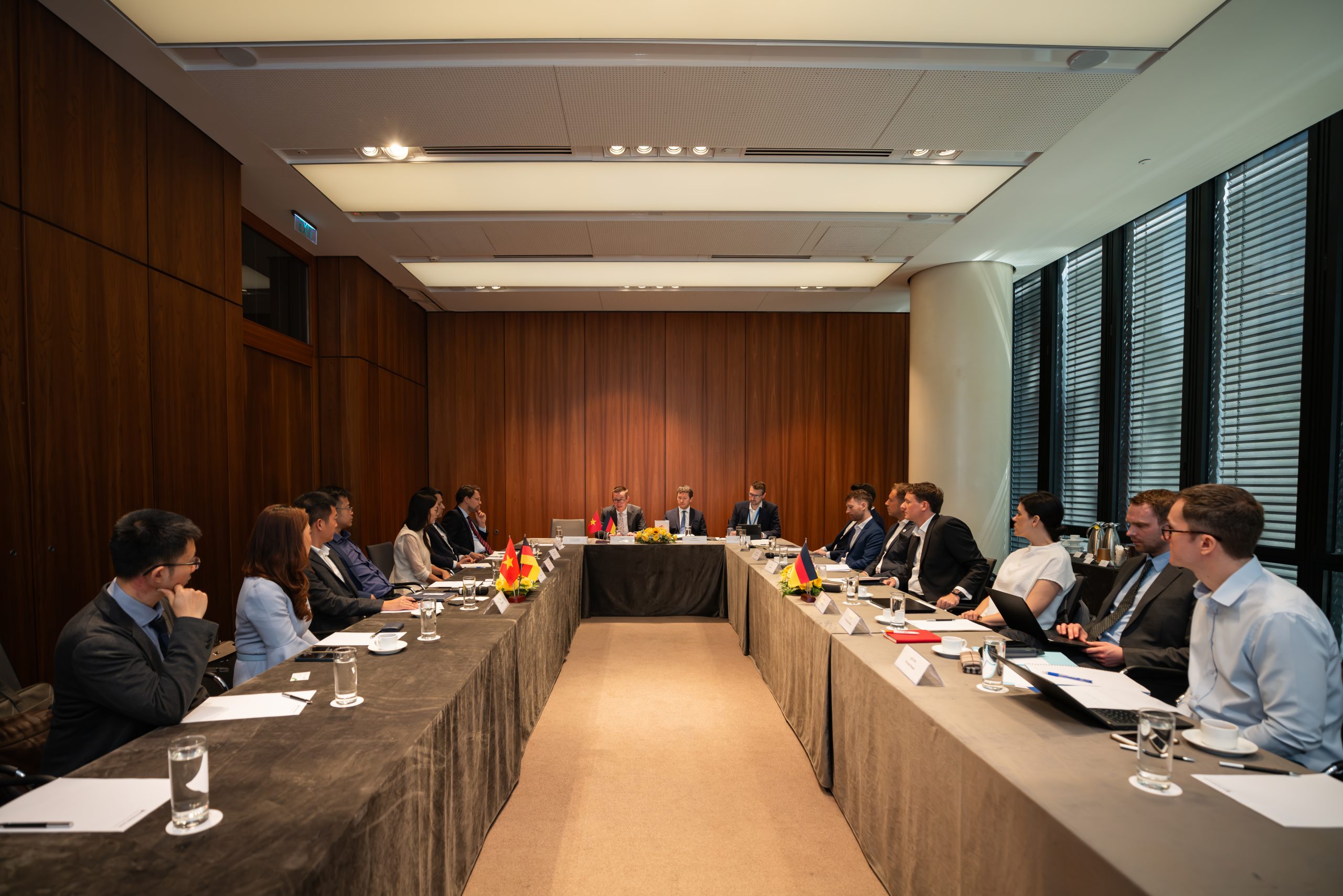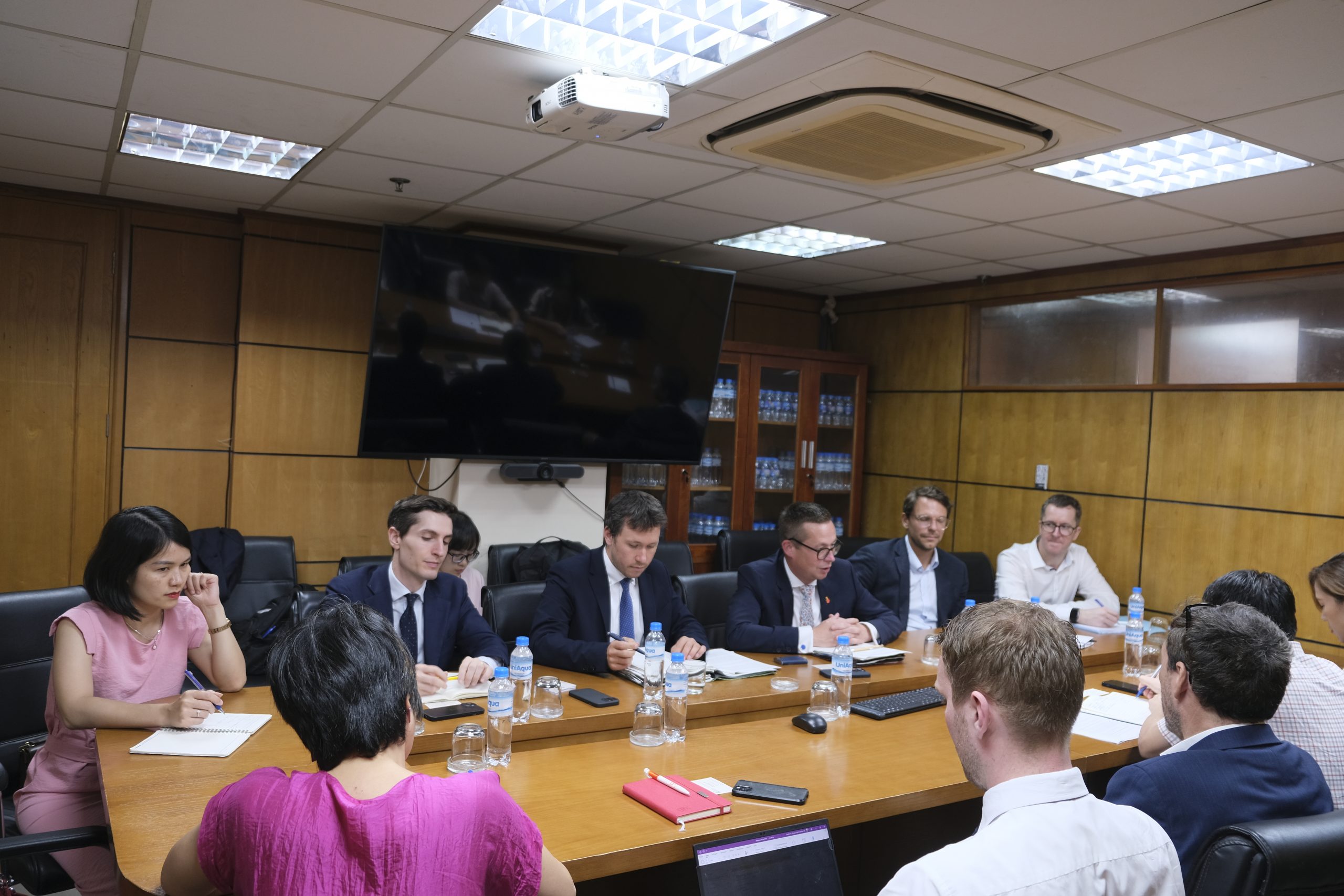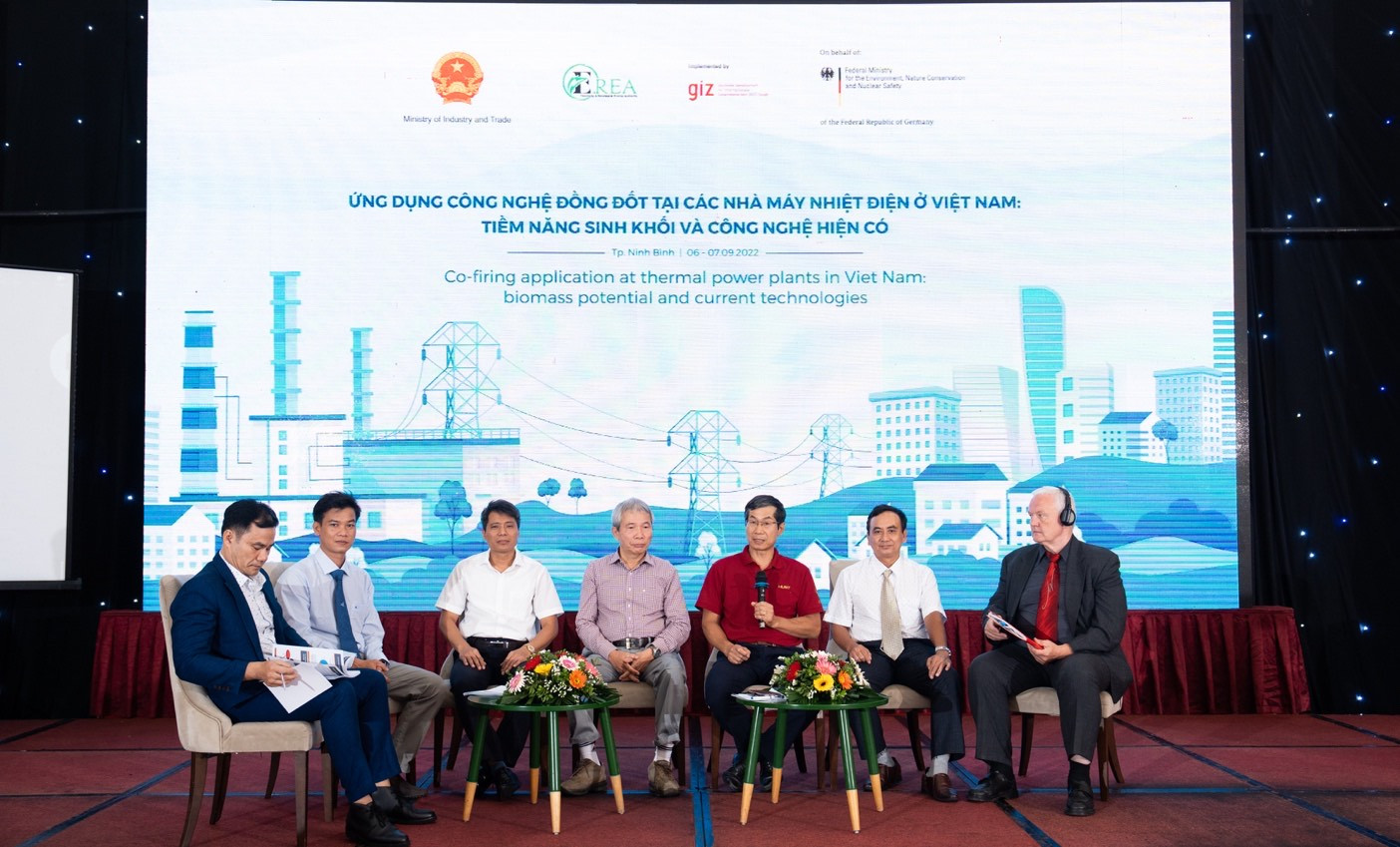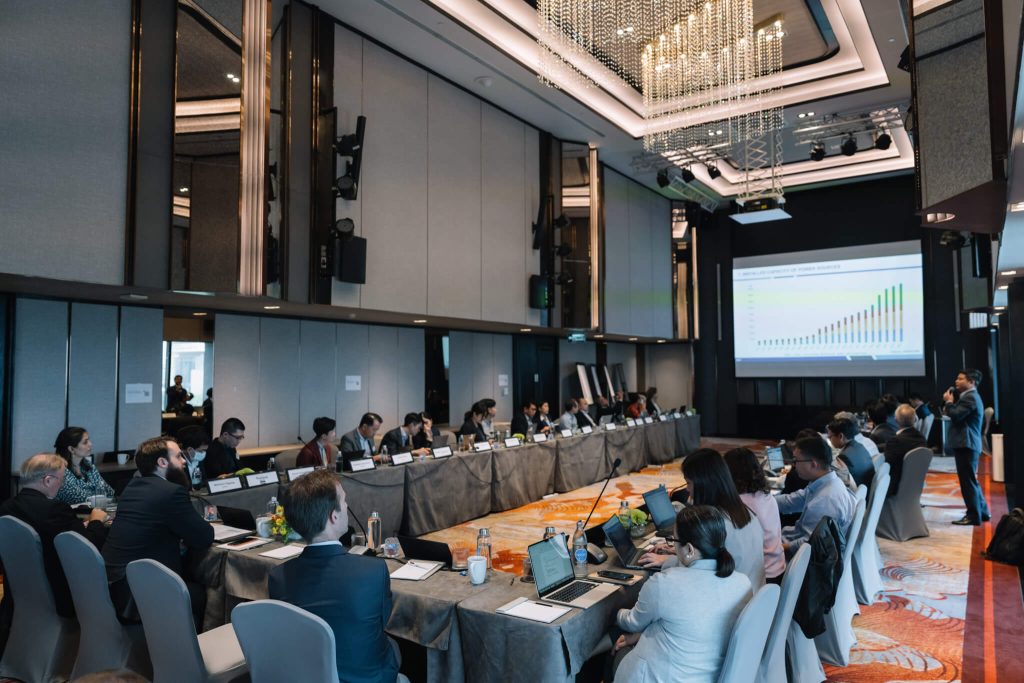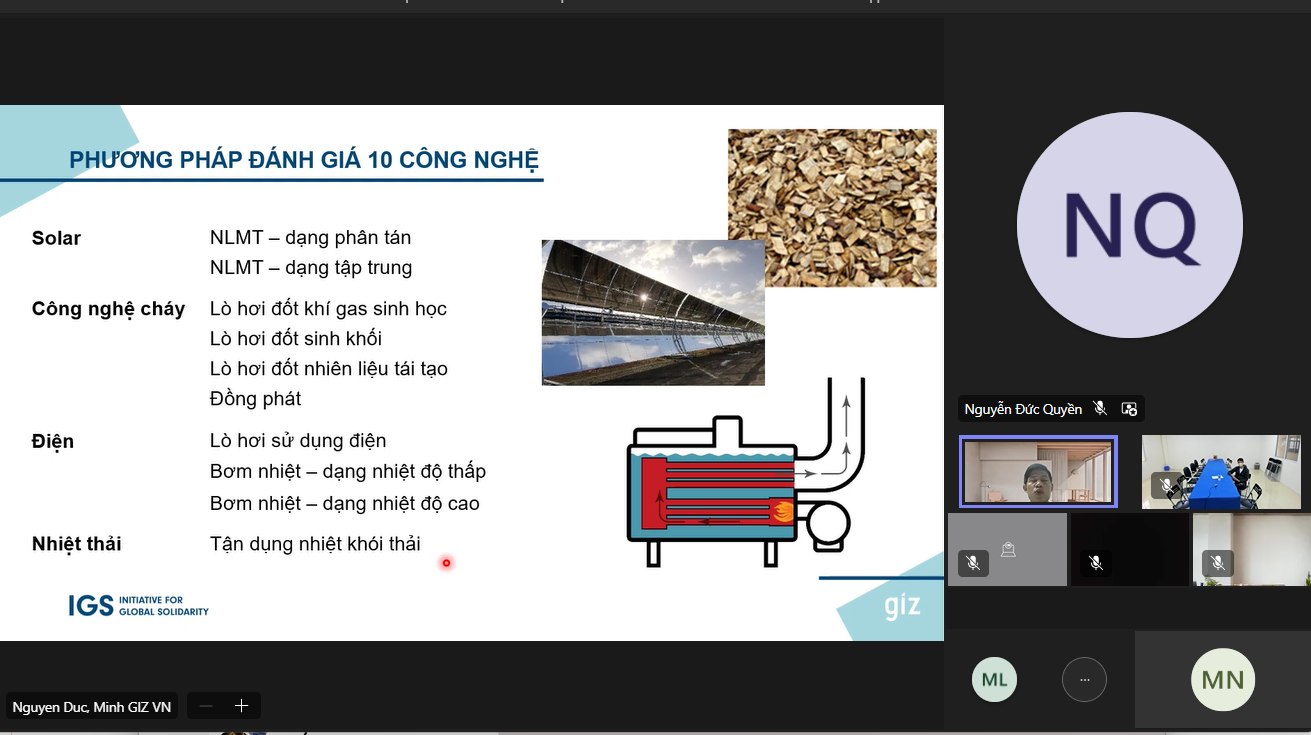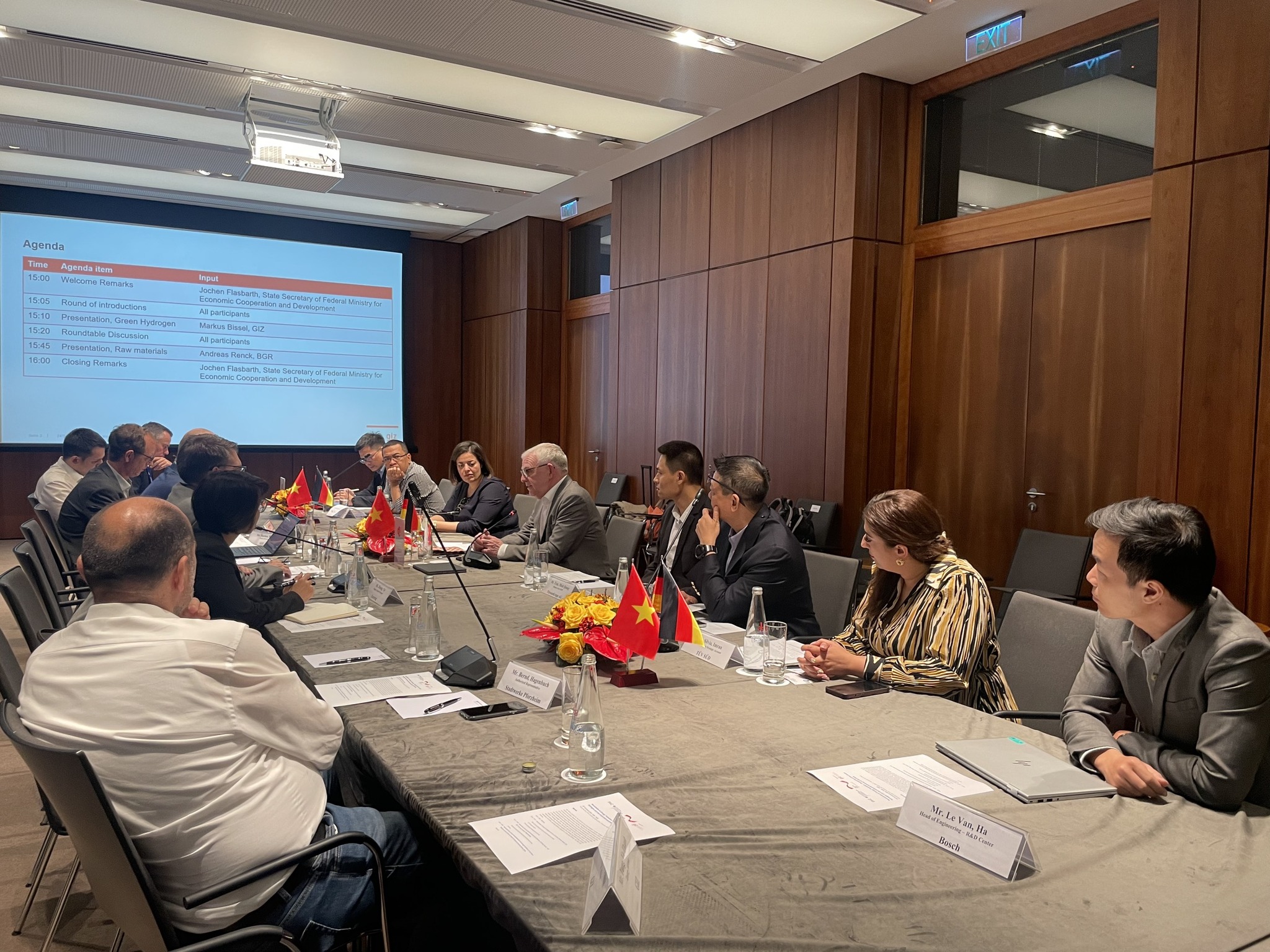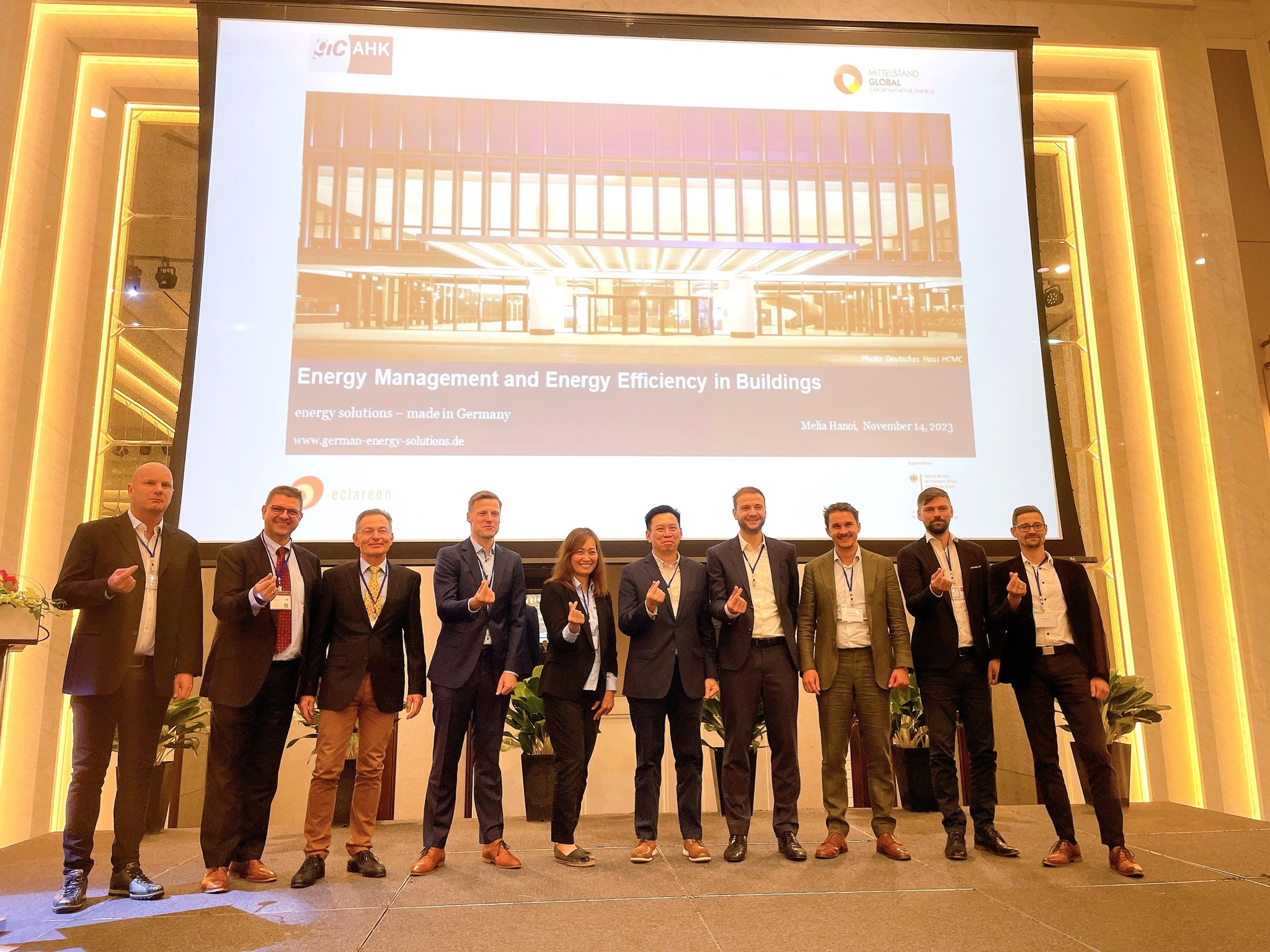On 31 May in Hanoi, preliminary results of GIZ’s study on” Gap Analysis, Guidelines and Recommendations on Environmental and Social Impact Assessment (ESIA) for on- and nearshore Wind Power Projects in Viet Nam” has been introduced to nearly 70 stakeholders in the wind power sector in a consultation workshop. The workshop was part of the Support to the Up-Scaling of Wind Power Project (DKTI), which is implemented by the Electricity and Renewable Energy Authority (EREA) of the Ministry of Industry and Trade (MoIT) and the Deutsche Gesellschaft für Internationale Zusammenarbeit (GIZ) GmbH on behalf of the German Federal Ministry for Economic Cooperation and Development (BMZ).
Starting with a Gap Analysis Study where the existing regulations and requirements on ESIA for wind power projects in Viet Nam and the international requirements are put on the same page so that gaps are identified and tackling measures could be then proposed. Based on the findings and the proposals from the Gap Analysis, a guideline on development of bankable ESIA for wind power projects in Viet Nam meeting requirements of international financing institutions for wind power projects has been developed.
“In Viet Nam, there are some existing regulations on ESIA reports for onshore investment projects. However, regulations are not yet fully developed, although environmental and social issues caused by power investment projects such as land acquisition and compensation, re-habitation, community health and safety are frequently discussed. A bankable ESIA report which follows international standards will support wind projects to approach international financial institutions effectively as it is a prerequisite in the assessment. Besides, a serious consideration of both the environmental and social impacts during the planning and developing phase of the project is also essential for the sustainable development of the sector in the future”, said Mr. Tobias Cossen, Head of Project, GIZ’s Up-Scaling of Wind Power Project.
By the end of 2017, there are 5 operating wind farms in Vietnam accounting for almost 200 MW installed capacity; of which 100MW is from one nearshore wind power project (*).
According to the Revised National Power Development Plan (PDP VII), the targets for wind energy are set to 800 MW in 2020 and 6,000 MW in 2030 (**). The demand on an ESIA internal bankable standard for wind power projects in Viet Nam should be thus high and we hope that the guidelines would provide some assistance to the wind projects not only be timely and financially more efficient but also to open the door for additional financing partners such as the international financial institutions. Additionally, the guidelines shall provide sustainable monitoring and management plans that benefit all stakeholders in the long run.
(*) Nearshore wind power projects are located usually within 5km from the shore.
(**) Source: Wind Resource Atlas of Vietnam”, AWS True Power LLC, 2011



